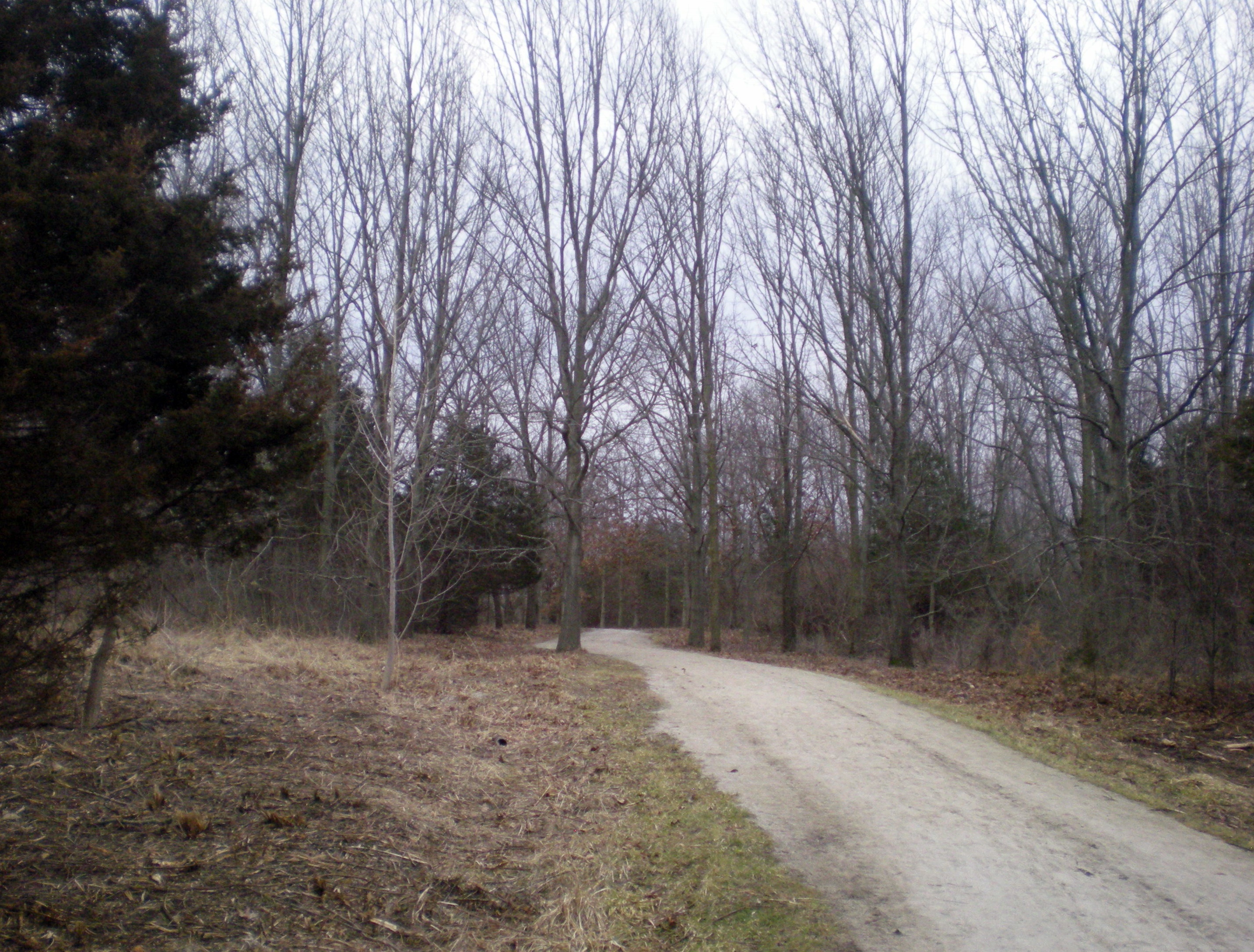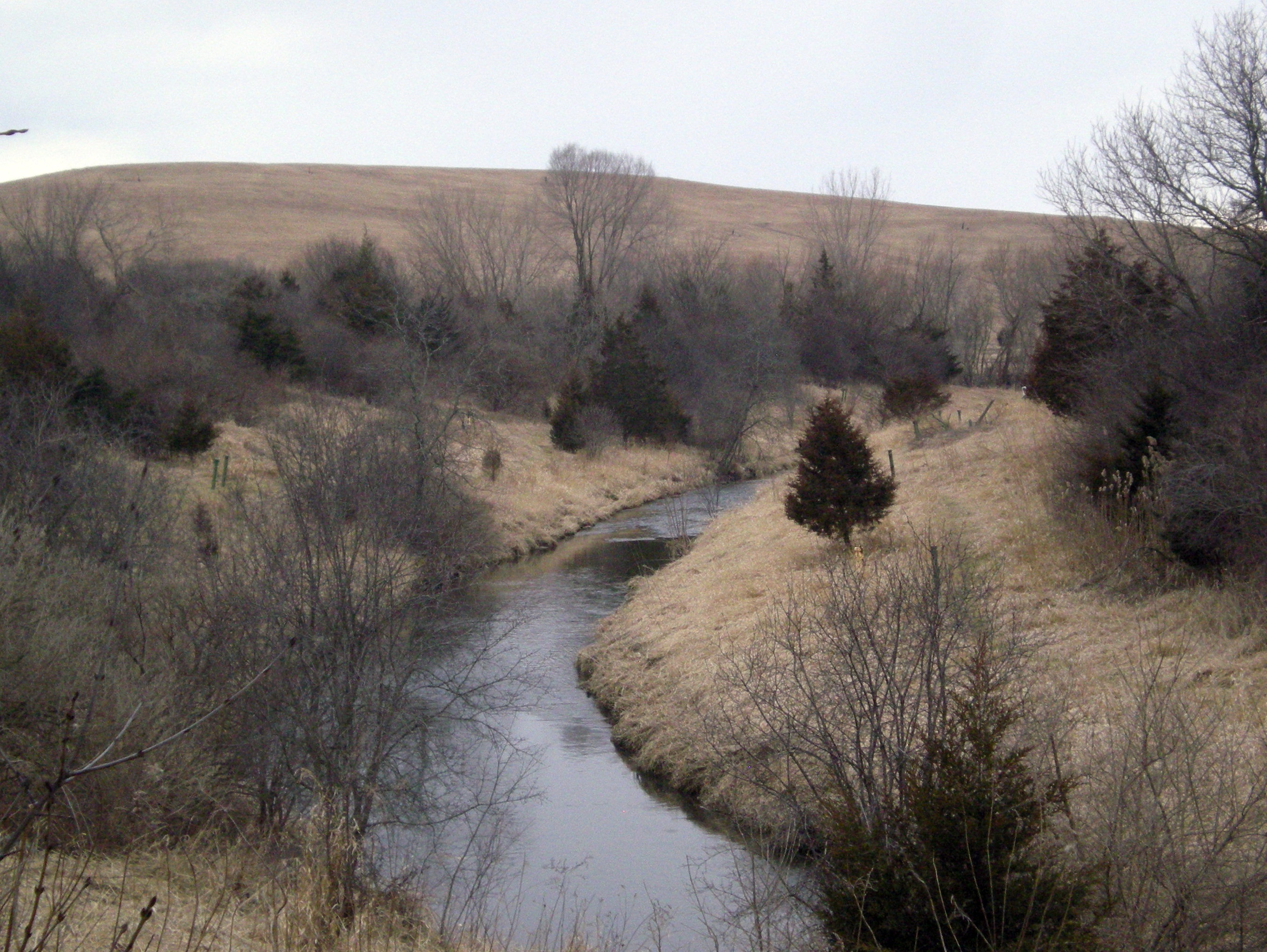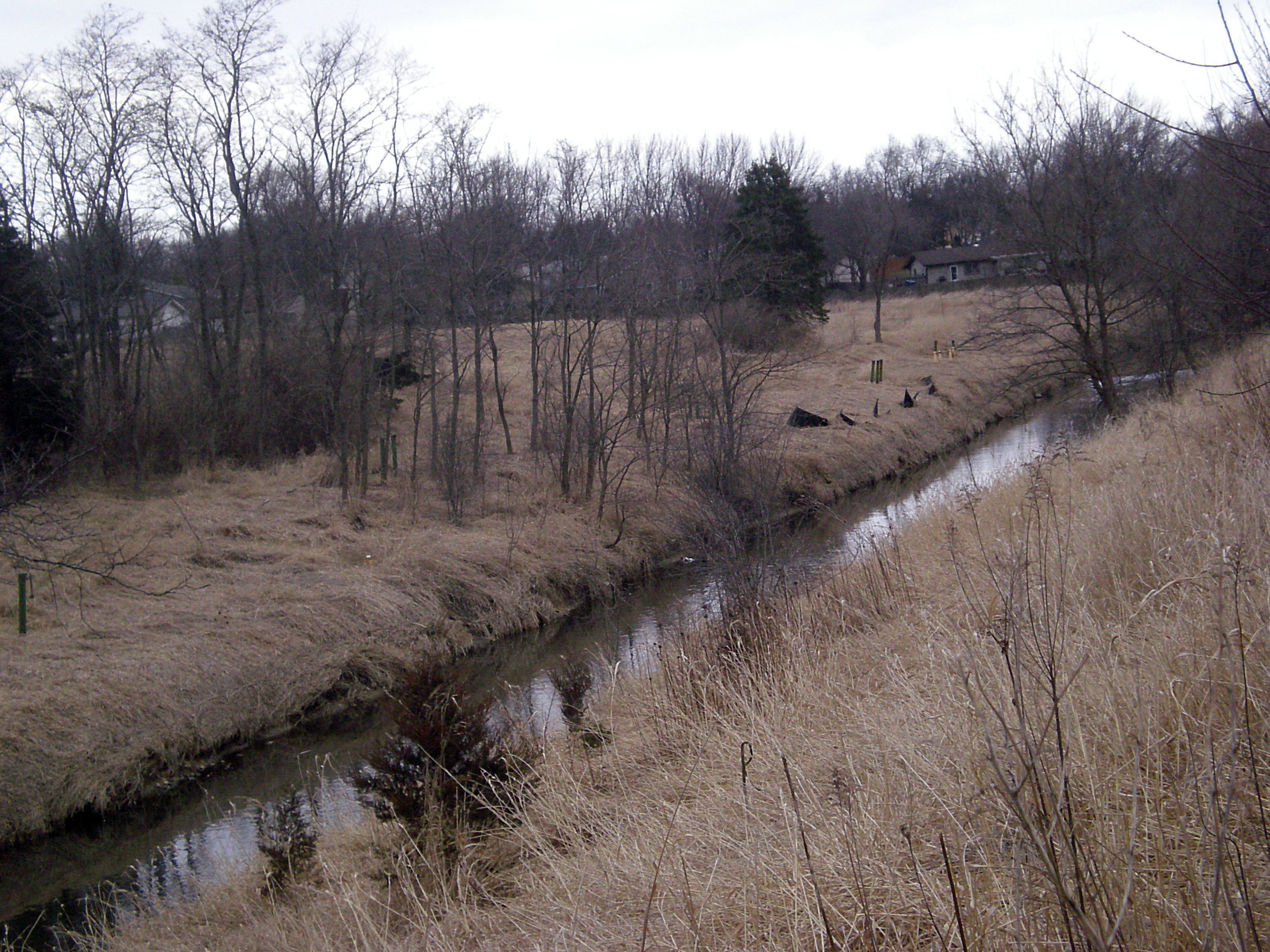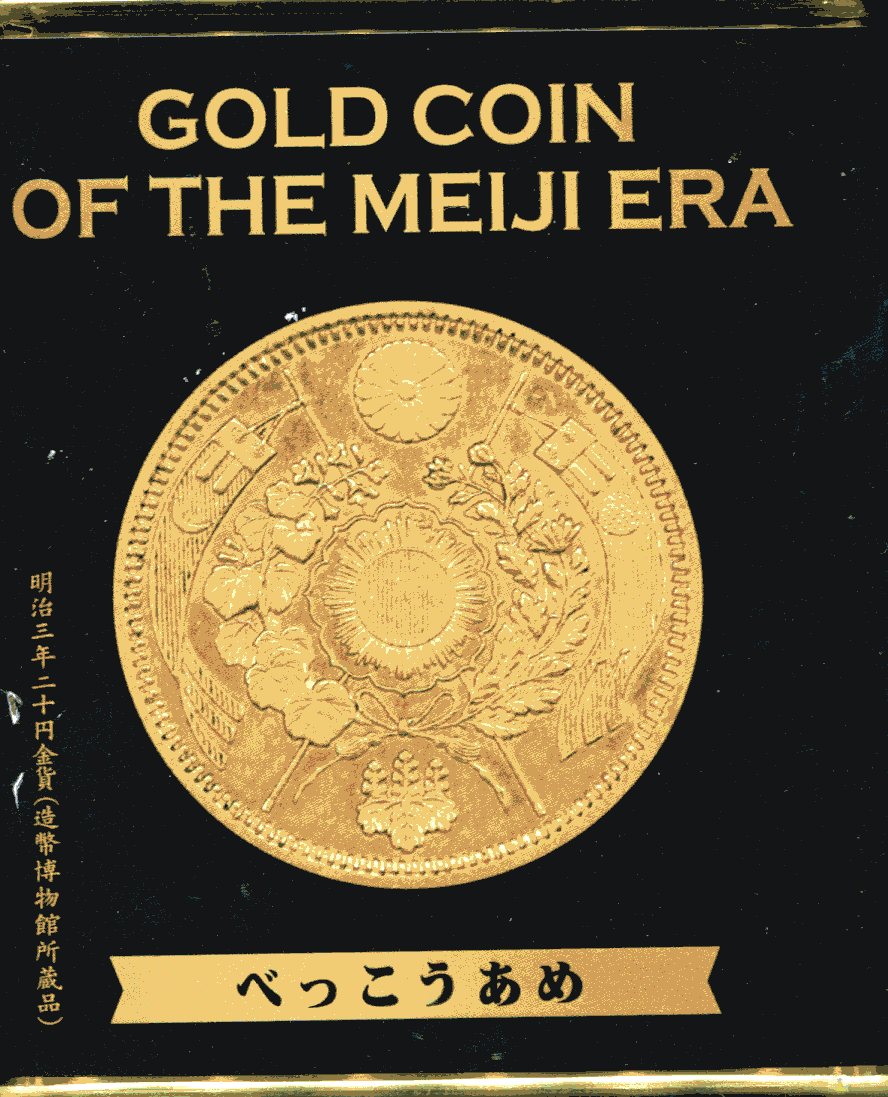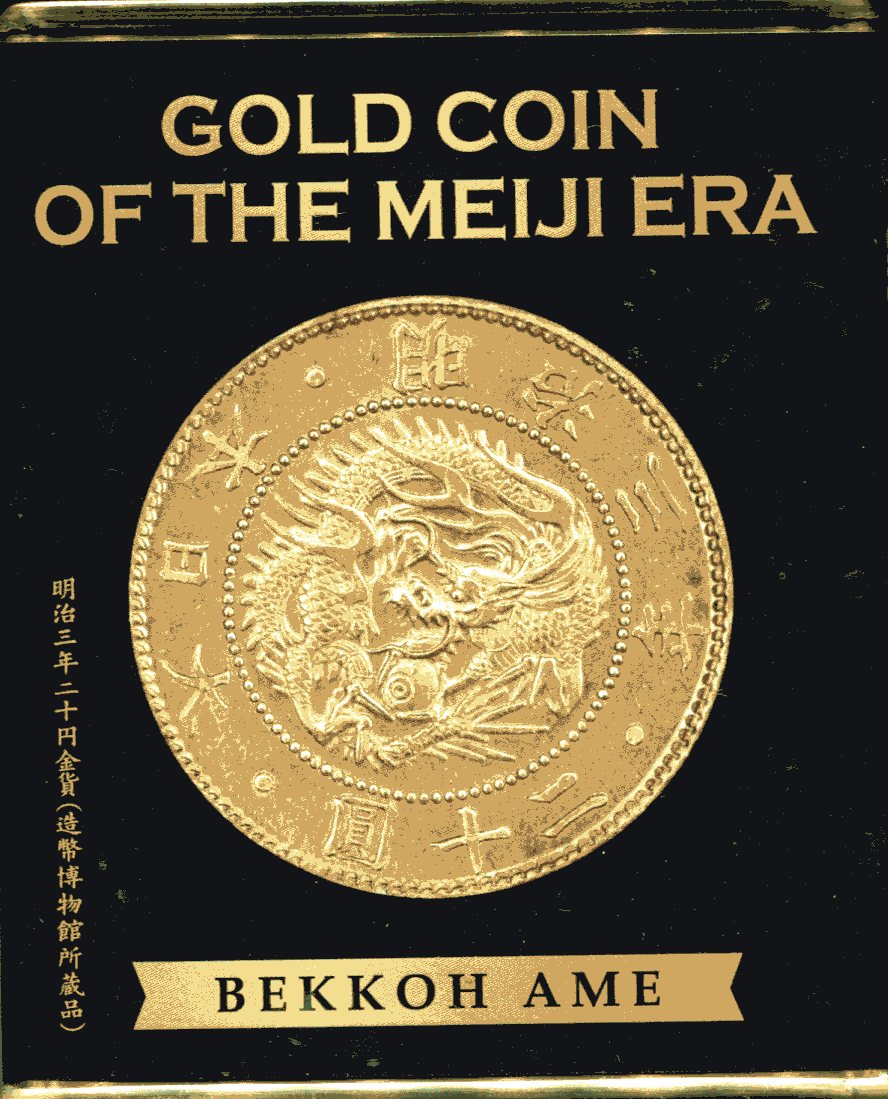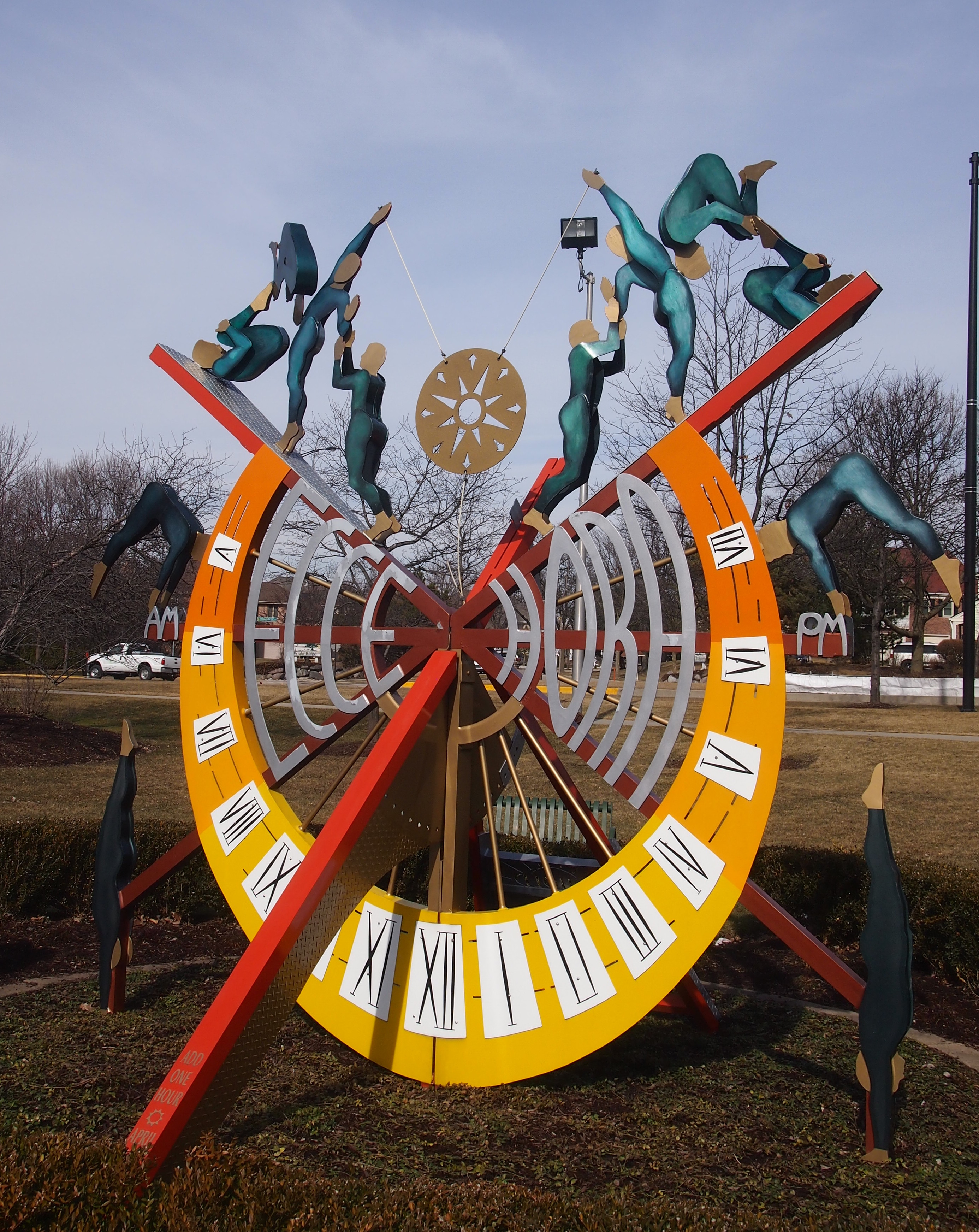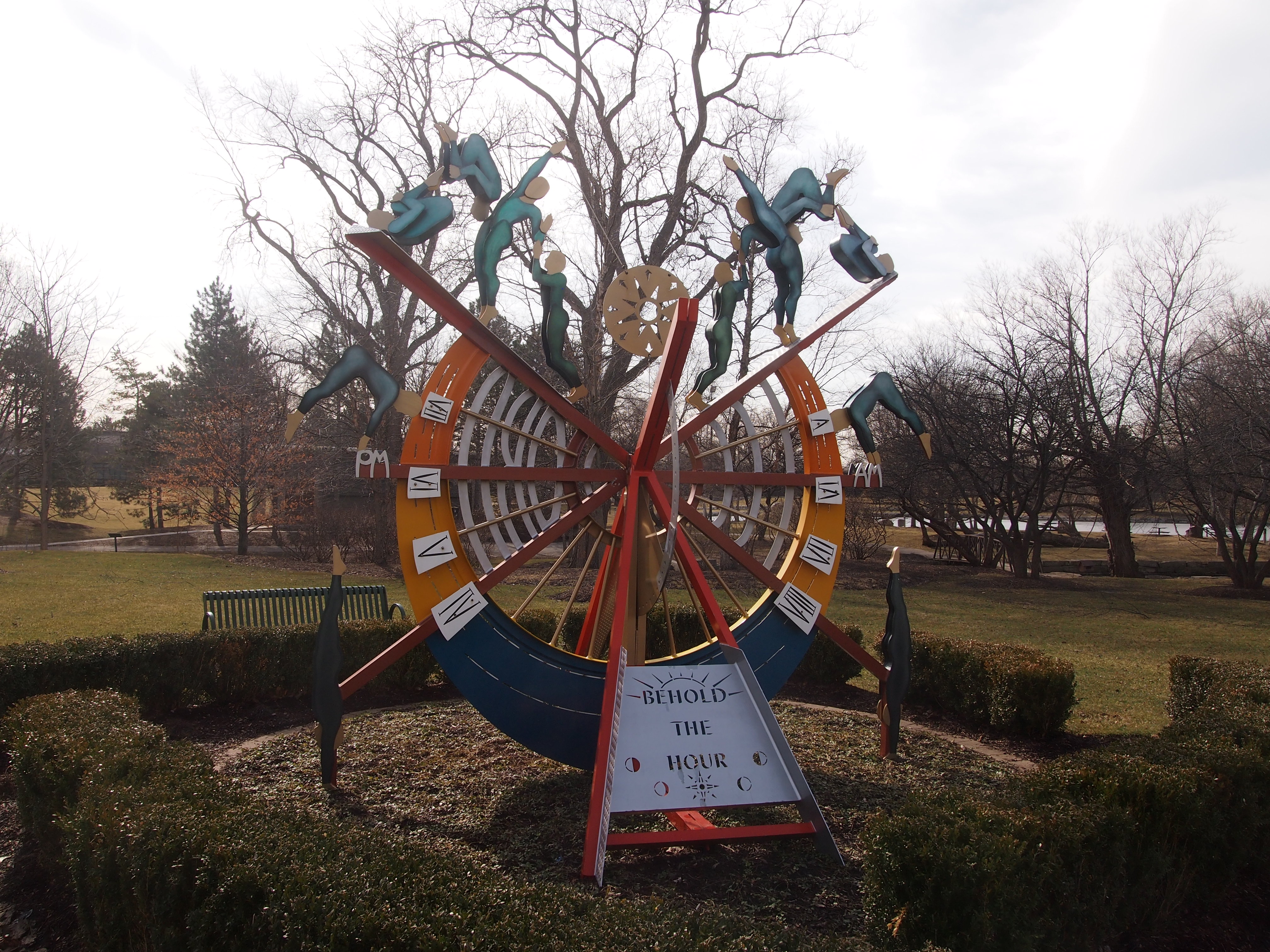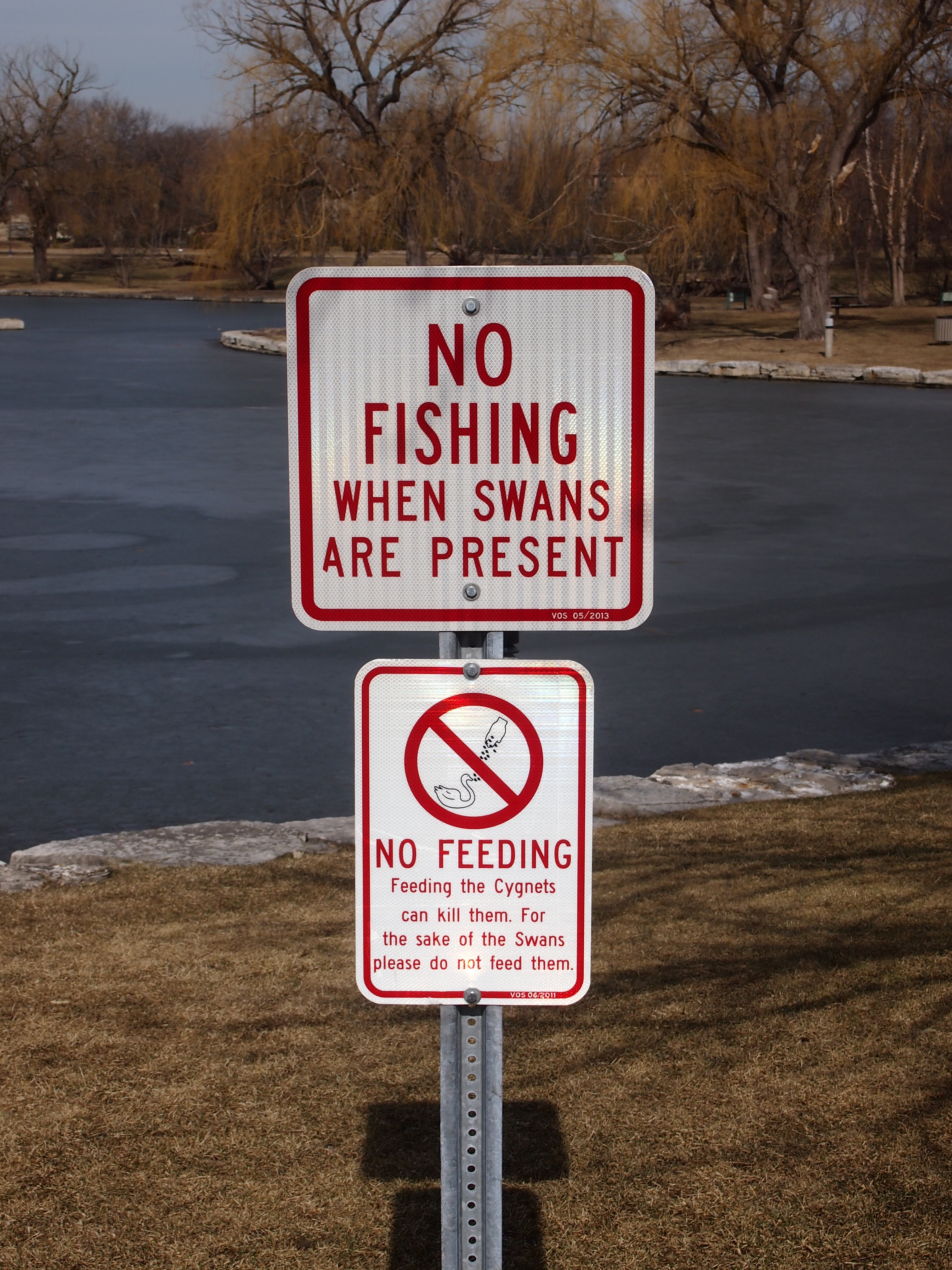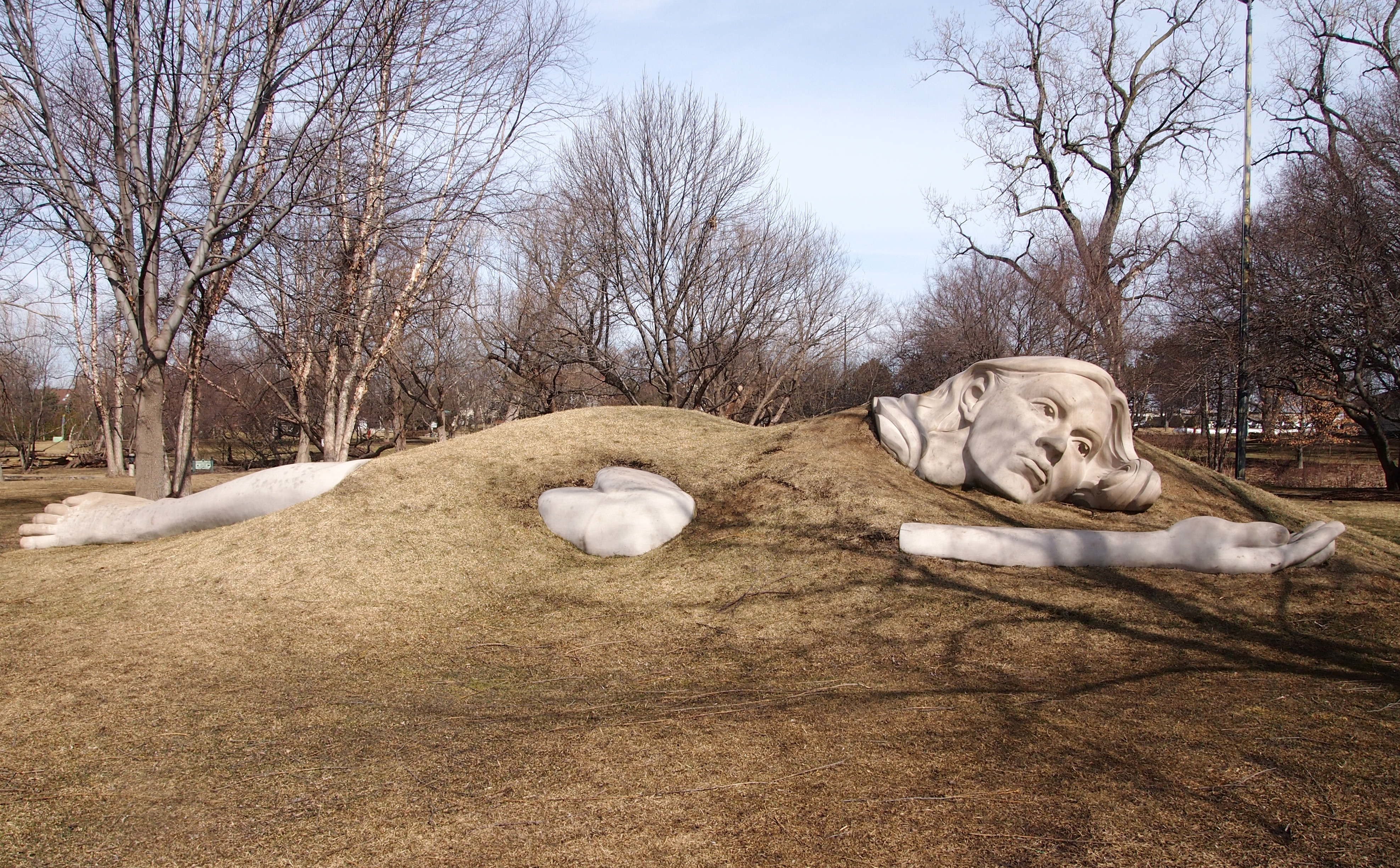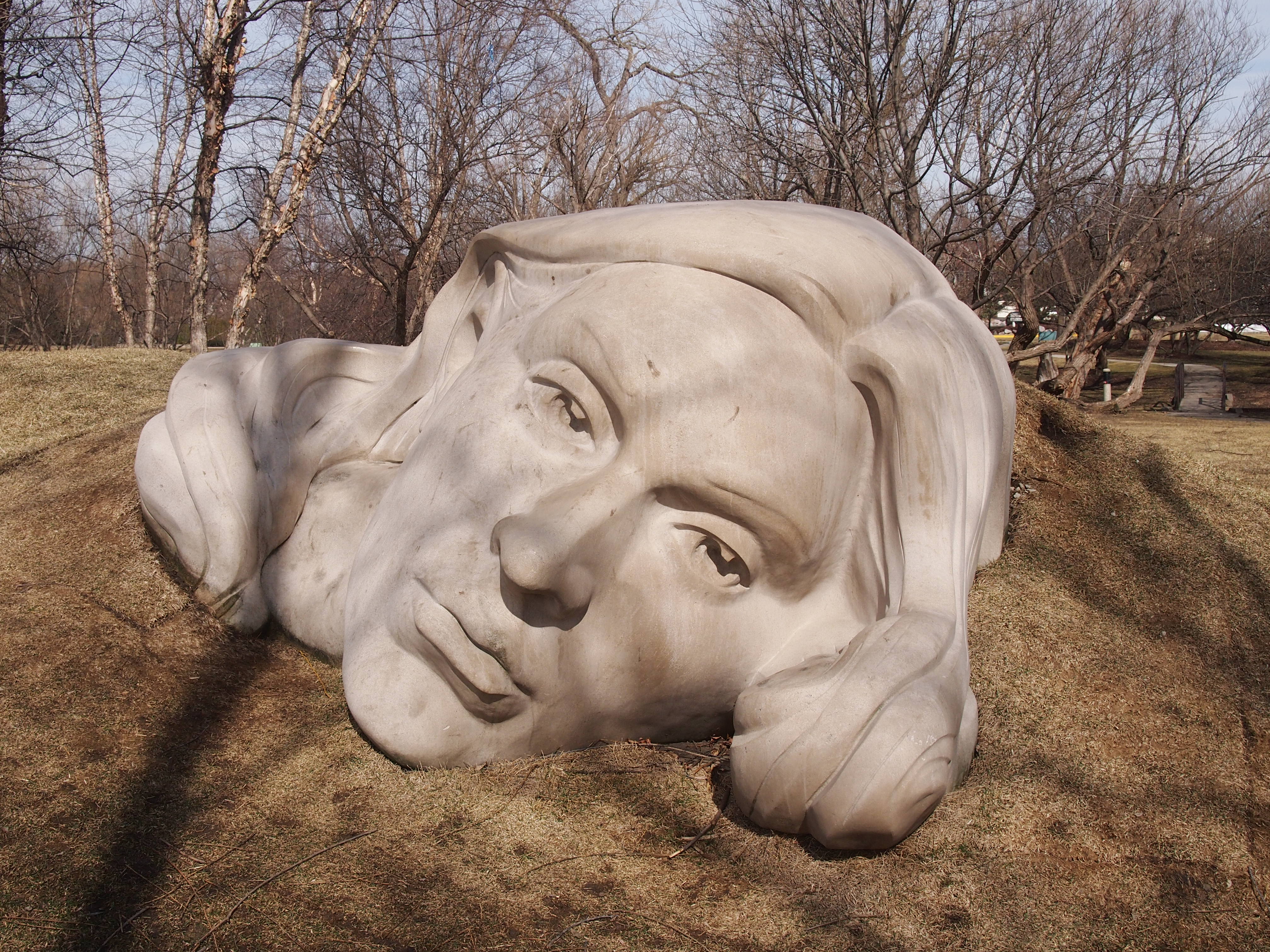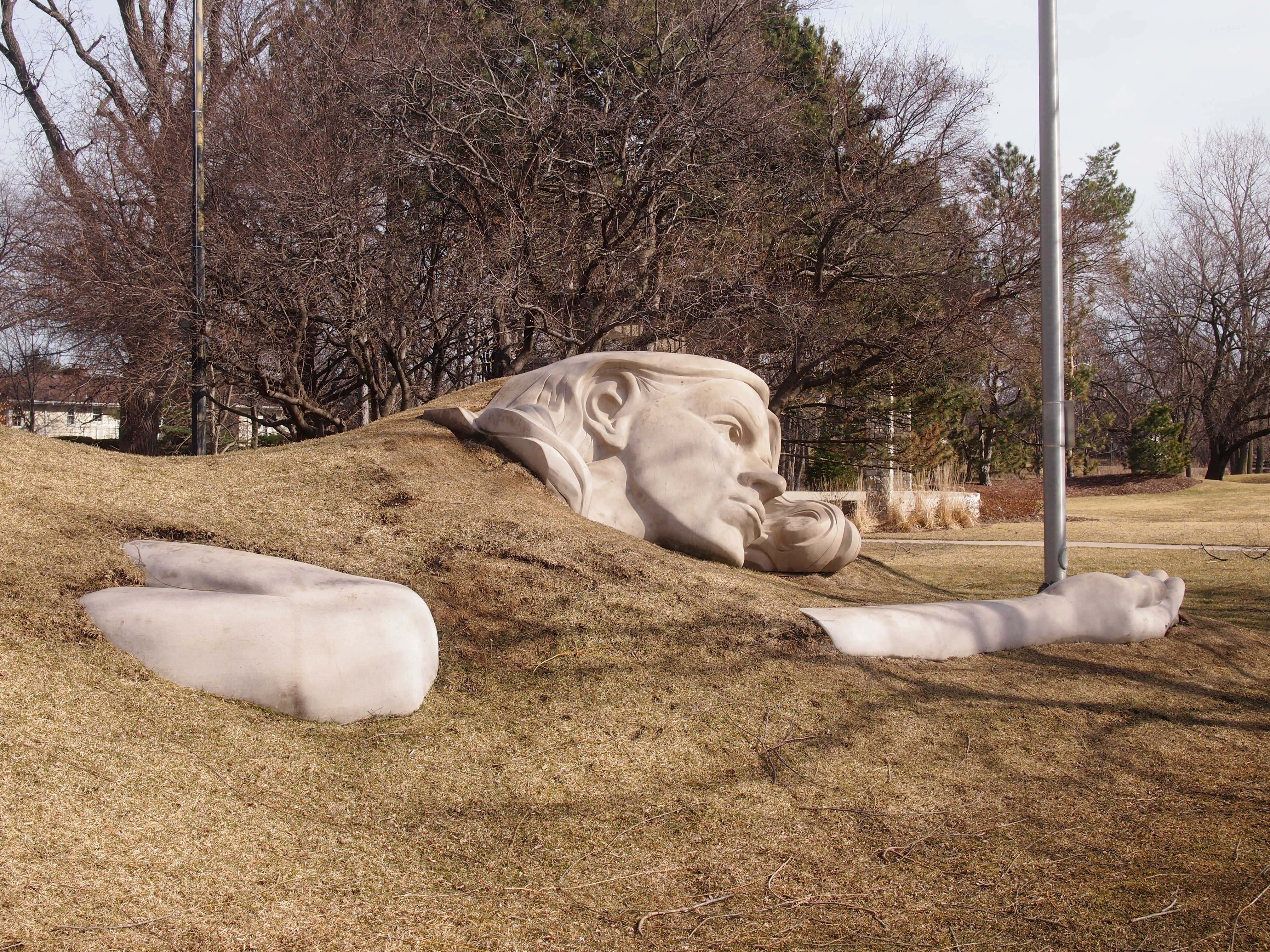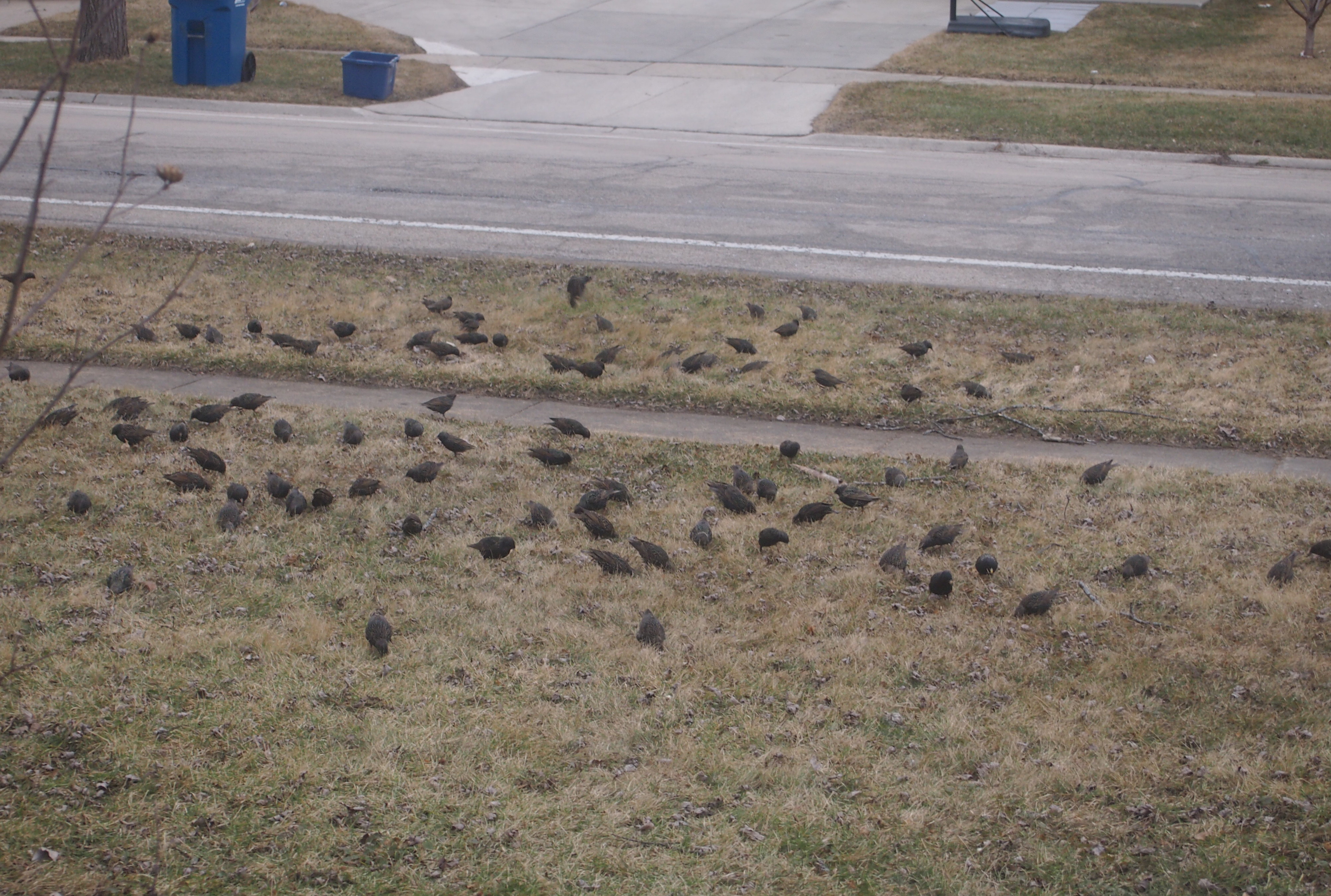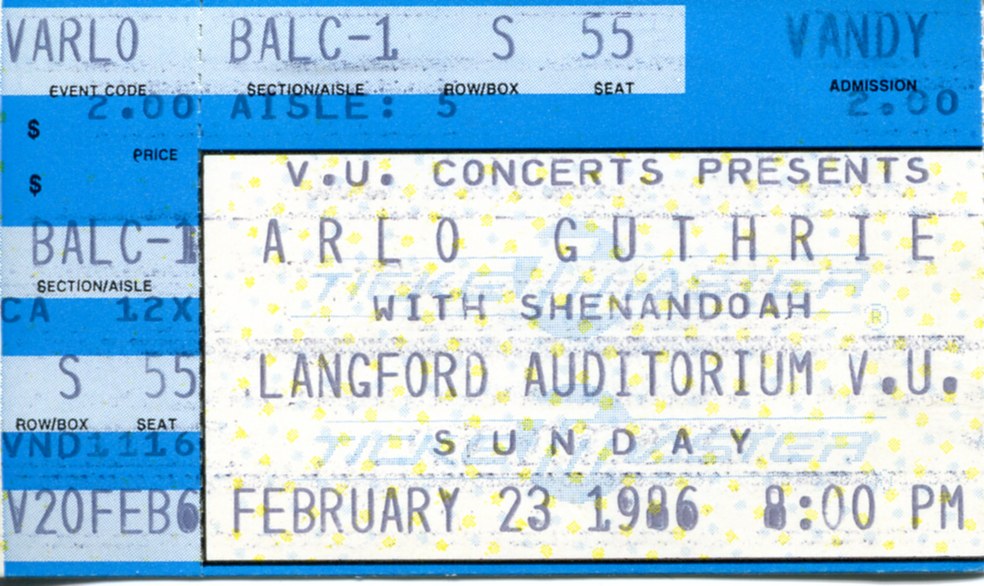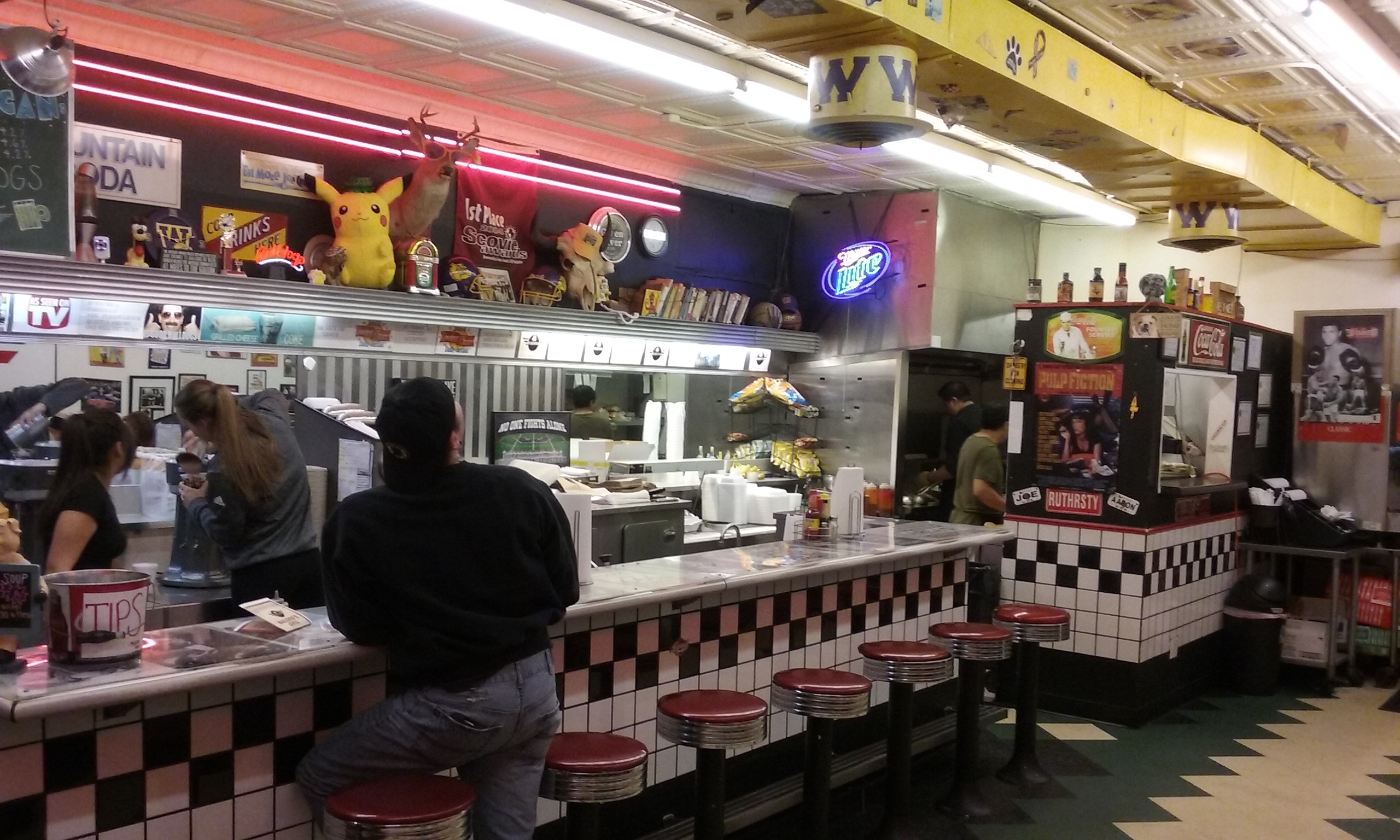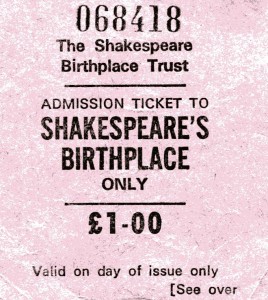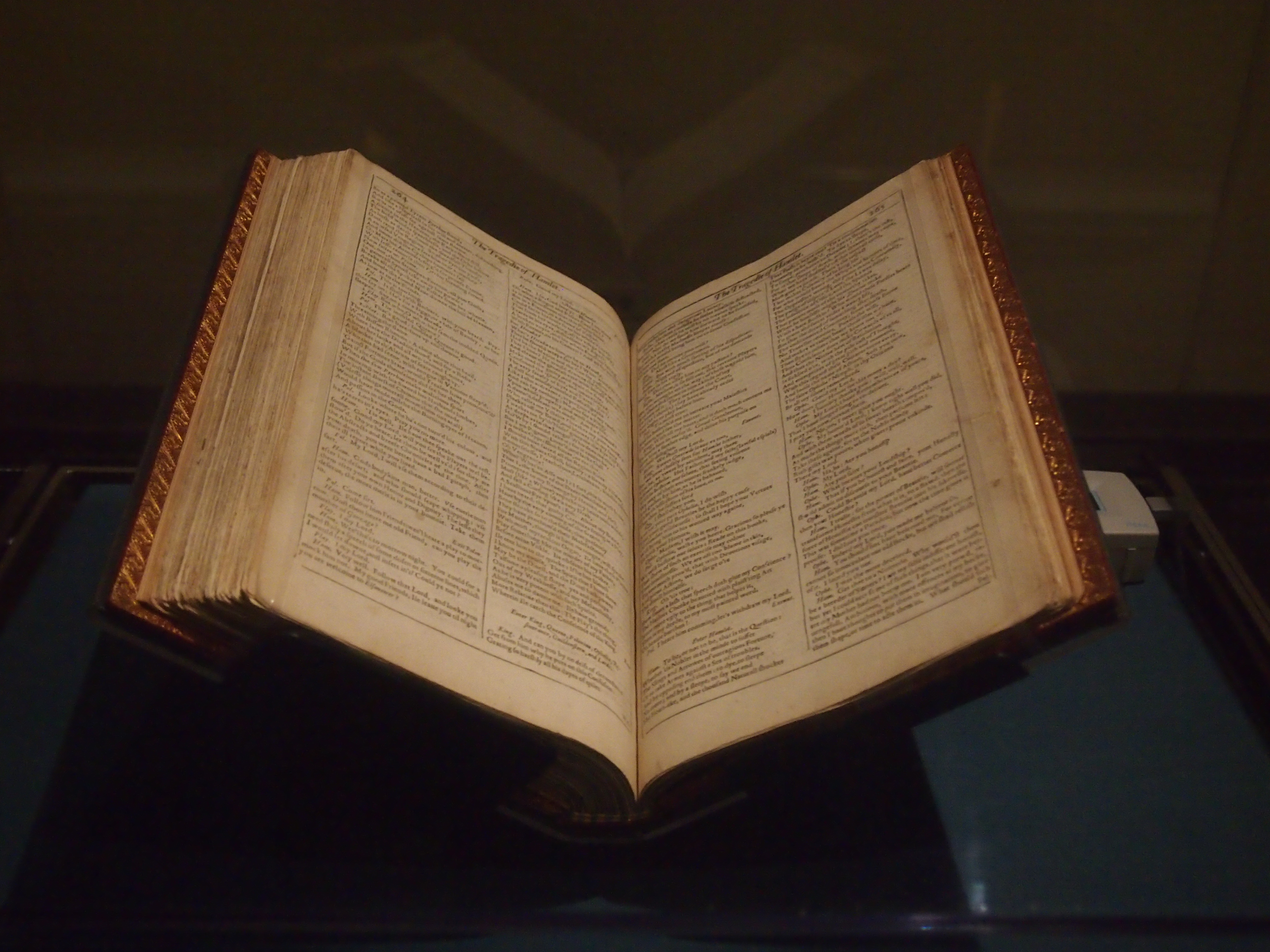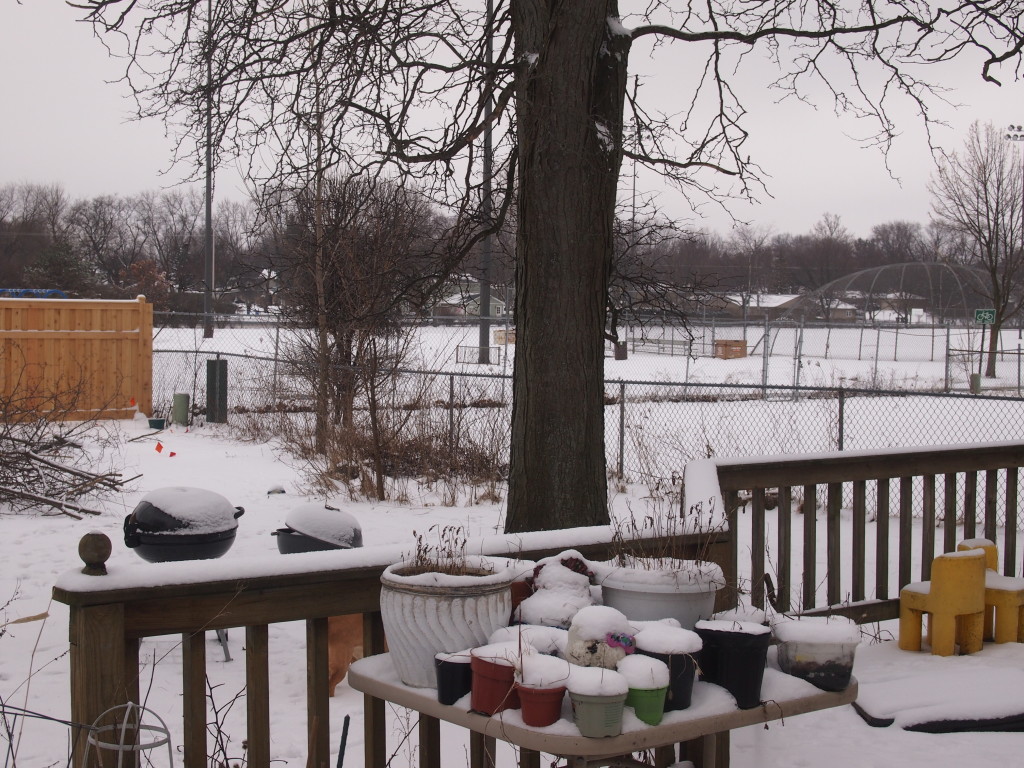Leap Day once again. It’s a Monday, so it should be a holiday, but Congress doesn’t have that kind of imagination.
Does anyone really shoot fish in a barrel? Did anyone ever do that? Was that sport somewhere, say in the 19th century, when firearms and barrels were readily available, and many strange things were done in the name of entertainment?
The saying represents something exceptionally easy, of course, but even so I’m not sure it would be. Let’s assume the barrel is full of water as well as fish. Unless we’re talking about really large carp or some such, you might disturb the water and scare the fish, but I’m not sure how many small fish would actually be hit. Also, you’d think that shooting would soon destroy a wooden barrel and cause a dangerous amount of flying debris. Or if it were a metal barrel, such as a steel oil drum, the danger of ricochets might be high.
This is something for the Mythbusters fellows to investigate, but I suspect that shooting fish in a barrel never was anything but a metaphor, and by now a hackneyed one at that. So I’m reluctant to say that making fun of a press release I received recently — especially the first line — is like shooting fish in a barrel. But it cries out to be mocked. Here’s the first line:
“When people picture the Appalachian cultural region of the Eastern United States, they envisage a beacon of wonder and natural beauty left untouched by man’s fierce hand.”
There’s certainly still natural beauty in the Appalachians, but as for the “cultural region,” that’s not the first thing that comes to mind. Then there’s the matter of mountaintop removal mining. Among other feats of mineral extraction. I’m fairly sure that counts as man’s fierce hand.

